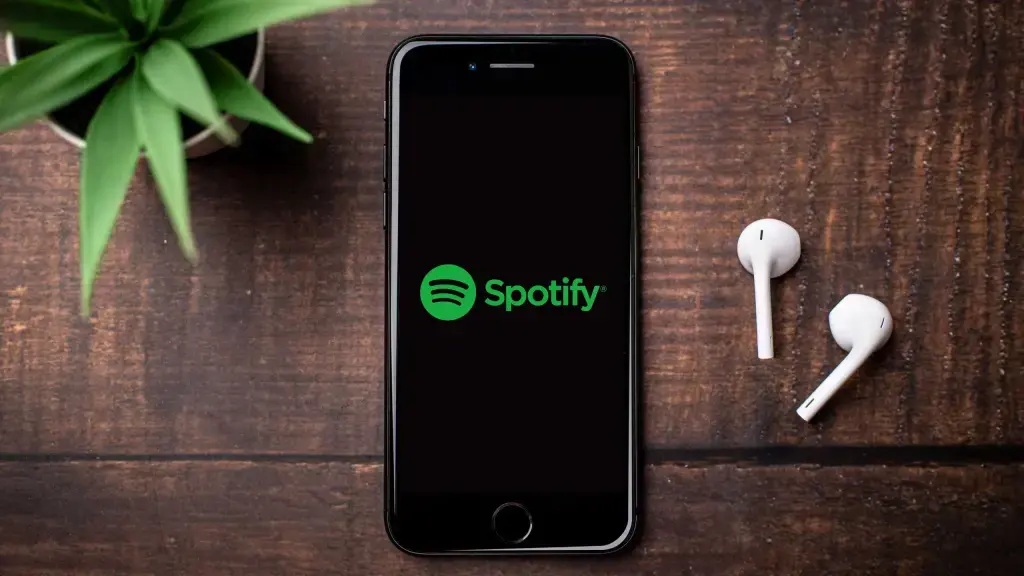Credit: yalcinsonat / stock.adobe.com

When Spotify was founded in Stockholm in 2006, things looked grim for the music streaming market. Filesharing sites such as Napster had been shut down by court order, and players such as Apple and Pandora used a pay per download or exclusive payment system. Twelve years later, Spotify’s streaming service was listed on the stock market despite fierce competition, and with an issue price well above expectations. How can Spotify’s success be explained? Is it the Netflix of the music industry? And how will they meet the challenges of the future?
Spotify founder Daniel Eck was no newcomer to the startup scene. The sale of his AdTech startup Advertigo to his competitor Tradedoubler had already made him a multi-millionaire. Which may have been one of the reasons why he had the courage to venture into the risky music streaming business. The market was dominated by big players such as Apple and Pandora and offered little chance for a startup to make a name for itself.
However, 12 years after its launch, Spotify went public, now employees a team of 5,000 worldwide, and has an active user base of over 200 million, about half of which pays for their premium service. How did the Swedish company do it? And how does Spotify aim to survive in a competitive market long-term?
Success factor PRODUCT: the missing link
In 2006, music fans could pay individually for each song via iTunes and to store them directly on their device. As an alternative, streaming providers such as Pandora offered only limited free access to music, others required a monthly subscription in order to grant access at all. Daniel Eck and co-founder Martin Lorentzon bridged this gap: With Spotify, music fans could access a huge music database and create their own playlists – legally and for free.
Those who wanted to go ad-free and enjoy better streaming quality could upgrade to a premium subscription. A gap in a seemingly crowded market, and an irresistible value proposition. Nevertheless, it took Spotify two years to convince the crisis-ridden music companies to work together. In 2008, Spotify finally launched in several European countries.
Success factor MARKETING: freemium and partnerships for growth
The freemium strategy, offering a free basic version of a product in addition to a paid premium version, has already helped pave the way to success for companies such as Mailchimp. Spotify also used a basic version interrupted by advertising to quickly grow their user base. Through numerous partnerships and tie-ins, among them Facebook and Vodafone, which offers Spotify premium subscriptions in tandem with its mobile phone contracts, the share of premium Spotify users grew to just under 47% at 96 million (data: Spotify). To support this growth, Spotify’s in-house designed advertising campaigns cleverly combine (anonymised) user data with emotional messages.
Success factor CONTROVERSY: Using the media to explain the product
Again and again Spotify finds itself at the center of criticism, especially by artists. While sharing 70% of their revenue with the record companies as right holders, the artists themselves still receive too little. Prominent examples were Lady Gaga’s check for $ 167 for 1 million downloads, or the withdrawal of Taylor Swift from Spotify. But controversy not only brought trouble to Spotify, but more importantly it brought the opportunity to present and explain their business model to a broader public.
The blame stayed with record labels, which apparently kept a large portion of the royalties, while Spotify’s user base continued to grow. In addition, improvements were made to help lesser-known artists gain more attention. And after a well staged reconciliation, even Taylor Swift’s music is back on Spotify again.
Success factor INNOVATION: a step ahead with Agile transformation
Despite a successful IPO, Spotify is not the Netflix of the music industry. If the company began to produce music, it would break their relationship with their key content suppliers and thus the foundation of their business. To stay successful long-term, Spotify needs a consistently high rate of product innovation and new business models while driving business growth.
A challenge that Spotify faces with an agile corporate and development structure, the Scrum-based ‘Tribe’ structure. Small teams acting like startups within the company and dedicated to the development of products that are released flexibly before being continuously improved. This should allow Spotify to stay ahead, despite the dynamic market and almost overwhelming competition. So far, the company has hit all the right notes.
Take Aways from Spotify: MARMIND Top Tips
Simplify your customers’ lives – successful products bridge the gap between what we have and what we want.
Try Freemium – a free version creates a broad user base from which you can encourage upgrades to paid services.
Be agile – small, autonomous units within the organization enable greater flexibility and innovation while growing.
This article is based on the following sources:
https://growthhackers.com/growth-studies/spotify
https://reqtest.com/agile-blog/how-spotify-does-agile-a-look-at-the-spotify-engineering-culture/

